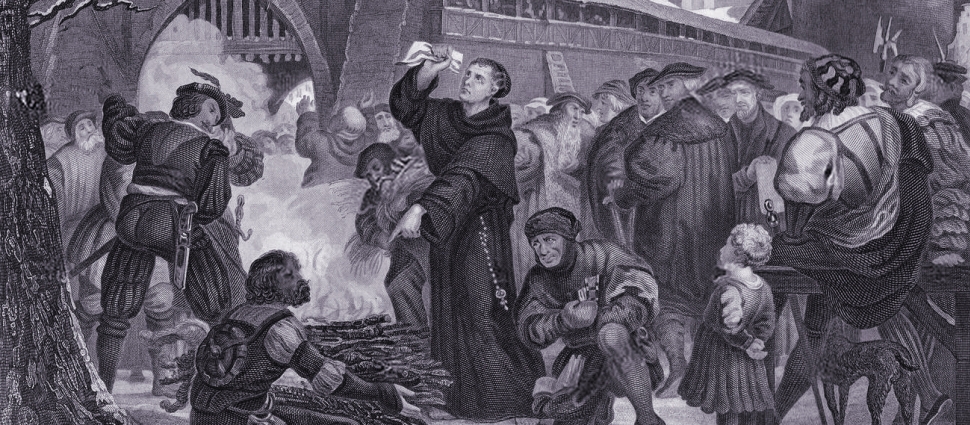The aspirational character of confessions of faith

January 13, 2014
I am part of a confessional church and denomination. That means we adhere to a confession of faith. In our case it is the Westminster Confession of Faith (WCF). In my opinion the WCF is the most comprehensive and useful confession of faith ever composed. To join our church, new members must pledge themselves to work toward the doctrinal purity and peace of the church. They are fully aware that the WCF is our confession of faith. That does not mean that they must understand or even fully embrace every jot and tittle of the WCF. For instance, we gladly welcome Baptistic brothers and sisters into membership. That said, elders and pastors must adhere to the WCF and pledge to uphold it. In this way the officers of the church hold forth the WCF as something for which the membership should aspire. We do this because we believe the WCF is an exact summary of that system of doctrine taught in the Bible.
In a recent article on confessionalism I wrote the following on the aspirational character of confessions of faith:
In a recent article on confessionalism I wrote the following on the aspirational character of confessions of faith:
I owe this insight to Carl Trueman’s book The Creedal Imperative. Confessions of faith are not first and foremost defensive. Rather they represent the aspirations the church holds for its members. Trueman writes: “[Confessions of faith] represent that which the church aspires to teach its members…If a church has a six-point creed or confession, she essentially communicates to her people that these six things, and only these, are important. Everything else is so minor that it forms no part of its identity” (177, 178). A church ought to desire something more for God’s people. A church ought to desire its members to be mature and maturing in their knowledge of God’s powerful and profitable Word. A church ought to aspire to more than simple agreement on the broadest possible doctrinal categories. It ought to aspire to greater things than simply “majoring on the majors.” Again, Trueman writes: “A good confession becomes not a stick with which to beat people…but an exciting map of the territory of biblical truth and something to which to aspire” (180).Read the whole article HERE.





